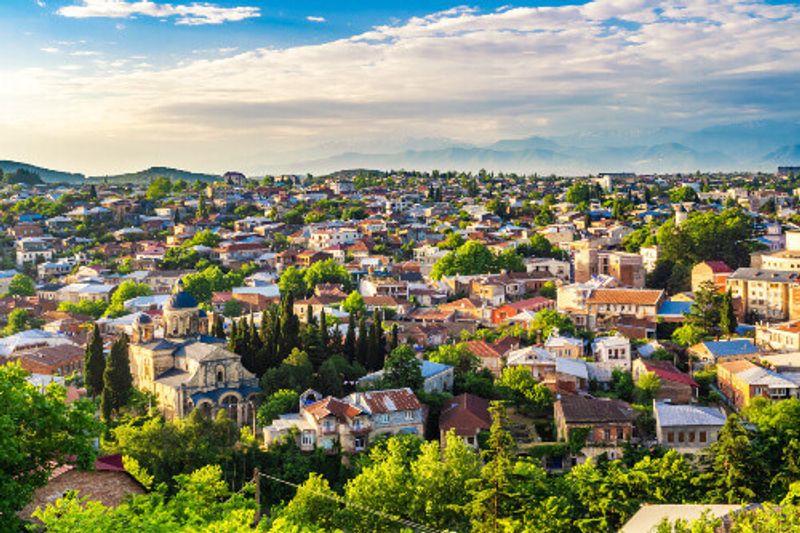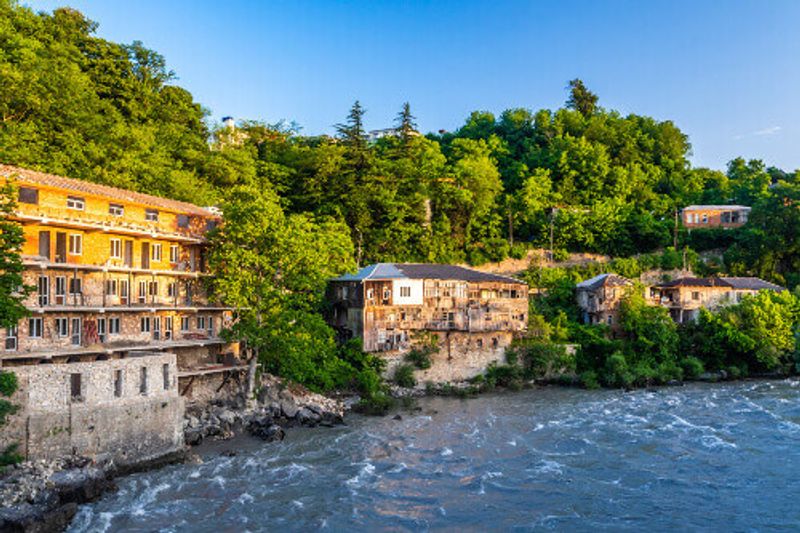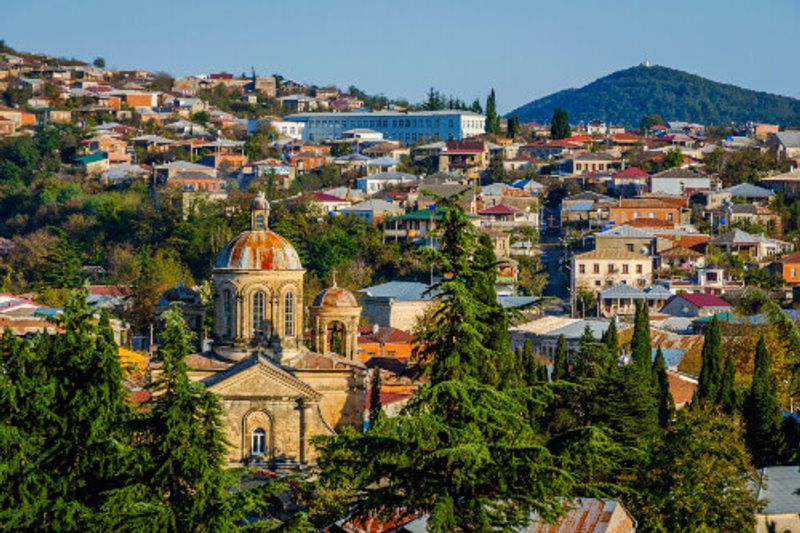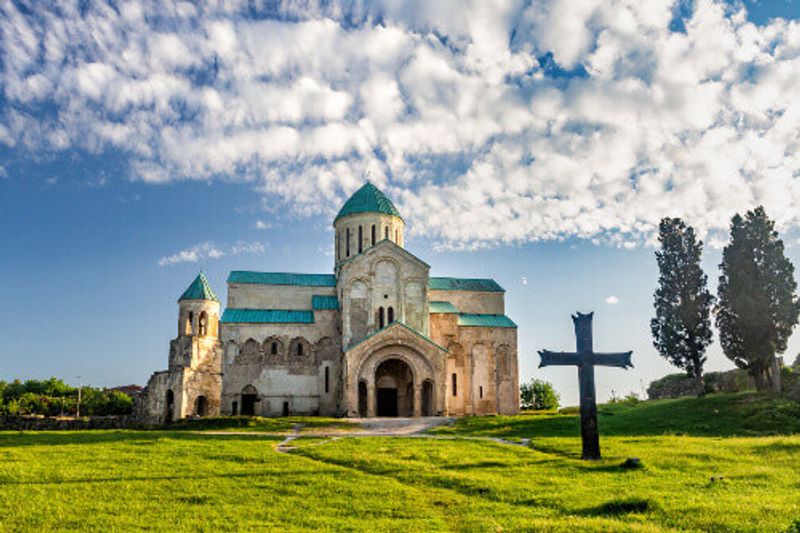Georgia’s second most important cultural city is also one of the continent’s oldest, offering a glimpse at a fascinating past
Located in western Georgia, Kutaisi is a world unto itself, as the former capital of several different kingdoms ruled by Greeks, Byzantines, and Georgians, to name a few. As a result, Kutaisi is home to some of the country’s most important historical and cultural landmarks. It’s one of Europe’s oldest cities, surrounded by a wealth of natural beauty – there are hot springs, nature parks, lakes, canyons, and mountains waiting to be explored. The city’s charm lies in its rich heritage and old-world atmosphere, which is distinctly different from the old-meets-new character of the capital, Tbilisi. As the former site of so many power struggles, Kutaisi is full of ancient character; like Tbilisi, it also has its fair share of churches.
Ancient history
Kutaisi is the capital city of the Imereti region, which takes its name from the former Kingdom of Imereti. Set along the Rioni river, this was a separate kingdom within Georgia during the 1400s established by the royal house of Bagrationi. The Imereti region today is best known for its mulberries and grapes – the latter is a vital part of Georgian cuisine, from its traditional qvevri wines to desserts and snacks that use grape juice as a primary ingredient. Imereti is also known for having a distinct subtropical climate, making it a popular low-key destination for outdoor activities and eco-tourism.
Its most ancient origins date back to the 13th century BC when it was known as Colchis, an ancient Greek kingdom. Colchis was famously known as the home of the Golden Fleece in Greek mythology, a fabled land of riches and luxury ruled by the demigod King Aeëtes. As a result of this storied origins, it’s natural that Colchis is often seen as the heart of Georgian social history – it was also home to many distinct tribes that lived around the Black Sea.
Things to do
The two main sites to see here are the Bagrati Cathedral and Gelati monastery complex – the latter is just outside the city, and represents the best of Georgia’s Golden Age between the 11th and 13th centuries. Even today, the functioning monastery is home to many rare manuscripts and relics, and is a UNESCO World Heritage Site. The Bagrati Cathedral, sometimes known simply as the Kutaisi Cathedral or Cathedral of the Dormition, is an iconic Kutaisi landmark that sits atop Ukimerioni Hill.
Along the way, drop by the Colchis Fountain in the city centre, named for the ancient Greek kingdom on the same site where Kutaisi sits now. Just around the corner is the leafy green refuge of Kutaisi Park.
Just outside the city are a plethora of fascinating destinations, including an ex-Soviet spa resort (Tskaltubo), the ancient Motsameta monastery complex, dinosaur remains, and the Prometheus Cave Natural Monument, which is purportedly the site where legendary Prometheus was chained by the Greek gods. There’s also the Chiatura, an old Soviet mining town with a functioning tramway. Many places are accessible by shared minibuses or marshrutkas.




